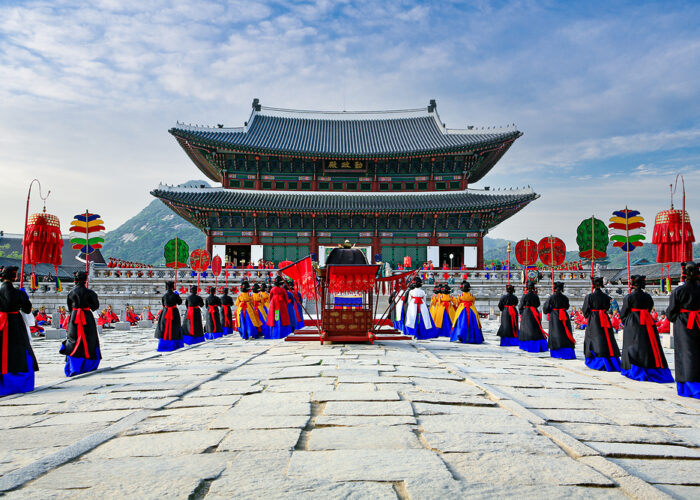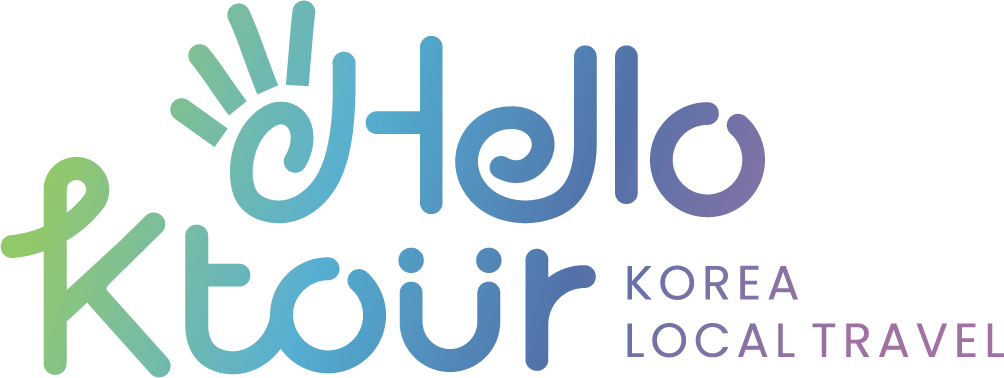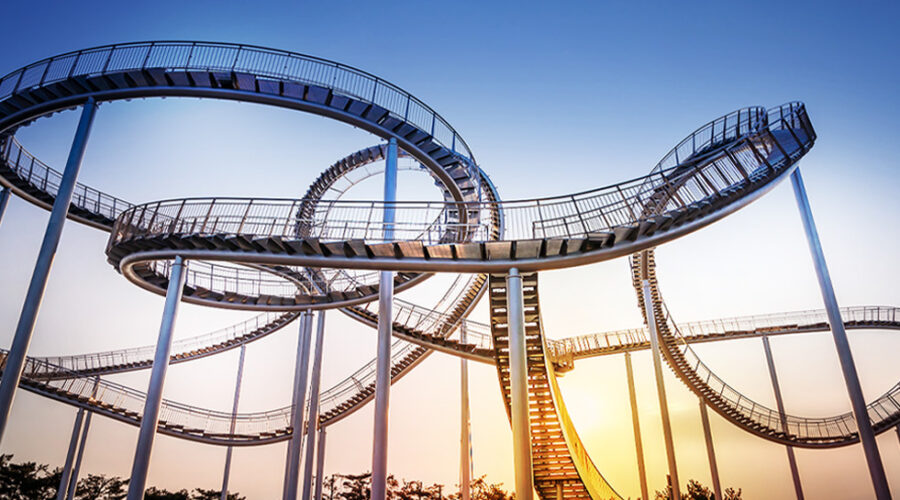It’s an exclusive small group tour only for your group. (No shopping)
Our certified tour guide will accompany you from your place (hotel) to all the tour spots.
Below are the most popular tourist attractions in Pohang city.
Jukdo Fish Market
Yeongildae and Sea tower
Japanese House Street in Guryongpo
Homigot sunrise
Oeosa Temple
Pohang Jukdo Market is the largest traditional market on the east coast of Gyeongbuk with approximately 1,500 stores.
The somewhat chaotic appearance of the old market that extended to the port has been neatly renovated as the area has been reorganized.
As a result, the local charm of the existing Jukdo Market has been maintained, but improvements have been made to the facilities and environment, giving it a more advanced appearance.
With fresh seafood bustling among the lively appearances of the merchants, this place is called a food paradise with as many as 200 raw fish restaurants.
You can taste Pohang’s unique gochujang mulhoe without broth, and the taste of freshly sliced fresh live fish mixed with fresh vegetables and sesame oil gochujang is truly exquisite.
Jeonbok porridge with plump whole abalone is also famous nationwide, and in winter, you can taste Pohang’s specialty, gwamegi.
If you look closely near the fish market, you will find a Sujebi Alley, so stop by and try it. Among the Pohang locals, this place is famous for its Sujebi in addition to its seafood.
If you go to Guryongpo, you will see Japanese houses where Japanese people lived over 100 years ago, which still remain intact. The alleys of Jangandong in Guryongpo, which were Japanese residences during the Japanese colonial period, still exude a Japanese atmosphere, like a scene from a movie. In fact, several years ago, when a certain broadcasting station’s popular drama ‘Eyes of Dawn’ was filmed, the alleys of Jangandong in Guryongpo were used as a filming set. There is a park made by the Japanese on the mountain behind the houses. If you climb the steep stone steps, you will come across the park, and inside you will see the Yongwangdang, where they prayed for the safety of sailors. They built a group residence, decorated a park on the back mountain overlooking the ocean, and engraved their names on the monuments. However, when the Japanese left, they covered up all the records with cement, turned the monuments upside down, and engraved the names of the Guryongpo patriots there. If you sit on the stone stairs and look at the Japanese alley, you can catch a glimpse of Japan in Korea in the 1920s and 1930s. Although these are traces that have disappeared, it is definitely a site that should be left in history for a long time.
Located in Hangsa-ri, Ocheon-eup, ‘Oeoji’ is a representative tourist attraction of Pohang, along with the beautiful natural scenery of Unjesan Mountain and Oeosa Temple, a thousand-year-old temple of Silla, and is visited by many people throughout the four seasons. On a clear day, the shadow of the mountain is reflected in the calm reservoir, creating a spectacular sight. It creates a different atmosphere depending on the season, and the beautiful scenery is especially at its peak in the fall when the leaves change color. It is a temple founded during the reign of King Jinpyeong, the 26th king of Silla. It was originally called Hangsa Temple, but it is said that when Wonhyo Daesa and Hyegong Seonsa practiced asceticism here, they competed to revive dead fish in the stream using their Buddhist powers. One of the fish did not survive, but the other survived and swam vigorously, and they both claimed that the fish was the one who saved their lives, and named it Oeosa by writing the characters ‘I (吾)’ and ‘fish (漁)’.
It was renamed Homigot (虎尾串), meaning ‘tiger’s tail.’ Nam Sa-go (南師古), a geomancer of Joseon, described the Korean Peninsula as a tiger scratching the coastal waters with its forefoot. Yukdang Choi Nam-seon listed this place as one of the ten best sunrise views in Joseon, addressing 136 Homigot-myeon, Nam-gu.
The Hand of Mutual Affection(sculpture) was completed in December 1999 to celebrate the new millennium and present a vision for a hopeful future, and is a symbol of the Homigot Korean Sunrise Festival, a national event. The left hand is on land and the right hand is at sea. This sculpture was created with the intention of all people helping each other in the new millennium, and the two hands symbolize coexistence.
The road adjacent to Yeongil Beach, which was crowded with cars and citizens, has been transformed into a people-centered space, providing a resting place for citizens and tourists, and with around 50 raw fish restaurants clustered together, you can taste Pohang’s specialties such as mulhoe (raw fish) and assorted raw fish. With Songdo Beach and POSCO to the right and Hwanho Sunrise Park to the left, it is a place with a particularly beautiful night view, so many citizens and tourists visit even when it is not the beach season. With around 80 businesses including raw fish restaurants and restaurants clustered together in the vicinity, it is a representative tourist destination in Pohang where you can make good memories with the ocean.
Free cancellation up to 24 hours before the experience starts


